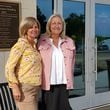Mildred Thompson defied efforts to put her art in a box.
She was bold. She was vibrant. She had an interest in quantum physics. Her work focused on the abstract.
Now, two works by the late Atlanta artist have been acquired by the National Museum of Women in the Arts in observance of its 30th anniversary.
The acquisitions were announced earlier this month on what would have been Thompson’s 82nd birthday.
The museum exhibited some of Thompson’s work in the early 1990s, “so it is wonderful to have a museum that presented her work then purchase a piece for their permanent collection now,” Donna Jackson, Thompson’s partner and executor of her estate said in response to emailed questions. “Mildred knew this recognition would come, that it was just a matter of time before people discovered the contribution she was making to American art.”
Related: Which Georgia arts groups received NEA grants?
The Georgia committee of the NMWA bought a painting from Thompson’s abstract “Magnetic Fields” series and Camille Ann Brewer donated the second piece.
Credit: Christopher Burke
Credit: Christopher Burke
Thompson’s interest in quantum physics, cosmology and theosophy often ran counter to what people expected from “black art” which resulted in her work often being overlooked.
Related: Artist Fabian Williams' mural project focuses on Hosea Williams
“Mildred thought of herself as an American abstractionist and did not want her work marginalized in any way,” said Jackson. “She had varied interest ranging from science to music, which all influenced her art making in its many forms.”
Her inspirations included Wassily Kandinsky, Paul Klee, Alma Thomas and Norman Lewis.
Related: Atlanta artist paints his "truth" as gay Arab American
The “Magnetic Fields” series “reflects Thompson’s quest to create a personal visual language for depicting phenomena and effects not visible to the naked eye,” said Virginia Treanor, associate curator of the NMWA.
She was passionate about art as a young woman. In 1953 she entered Howard University where she earned a bachelor’s in art. She also studied at the Brooklyn Museum of Art School and the Art Academy of Hamburg.
Eventually, Thompson, who was born in Jacksonville, moved to Europe to escape the racism and sexism she experienced in the United States. She lived abroad for two decades before moving back to the United States.
Related: Explore diverse expressions of the African-American experience
She wrote of her experiences in France and Germany in a 1987 piece, “Memoirs of An Artist,” in SAGE, a scholarly journal on Black women). She said she “learned to appreciate her blackness as well as how American she truly was.”
Jackson said Thompson “gained a different view of what the African-American experience could be in another part of the world, one with more freedom of expression as an individual. She was accepted and allowed to express her gifts more freely there than in the U.S. at that time.”
In the mid-1980s, she moved to Atlanta from California at the request of Donald Stewart, then president of Spelman College to participate in the artist residency program.
She also taught art and art history at several colleges including Agnes Scott College, Morris Brown College and the Atlanta College of Art. She also served as an associate editor at Art Papers magazine. She was also a photographer, draftsman and performed in a blues band.
She was impressed with the city enough to want to settle here, moving to Grant Park.
Her work is also in the permanent collections at the Smithsonian American Art Museum, the Museum of Modern Art in New York; Howard University and the Hamburg Museum.
She died in 2003.
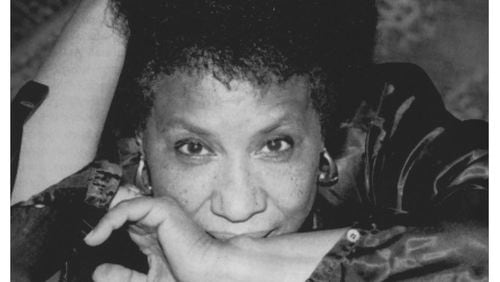
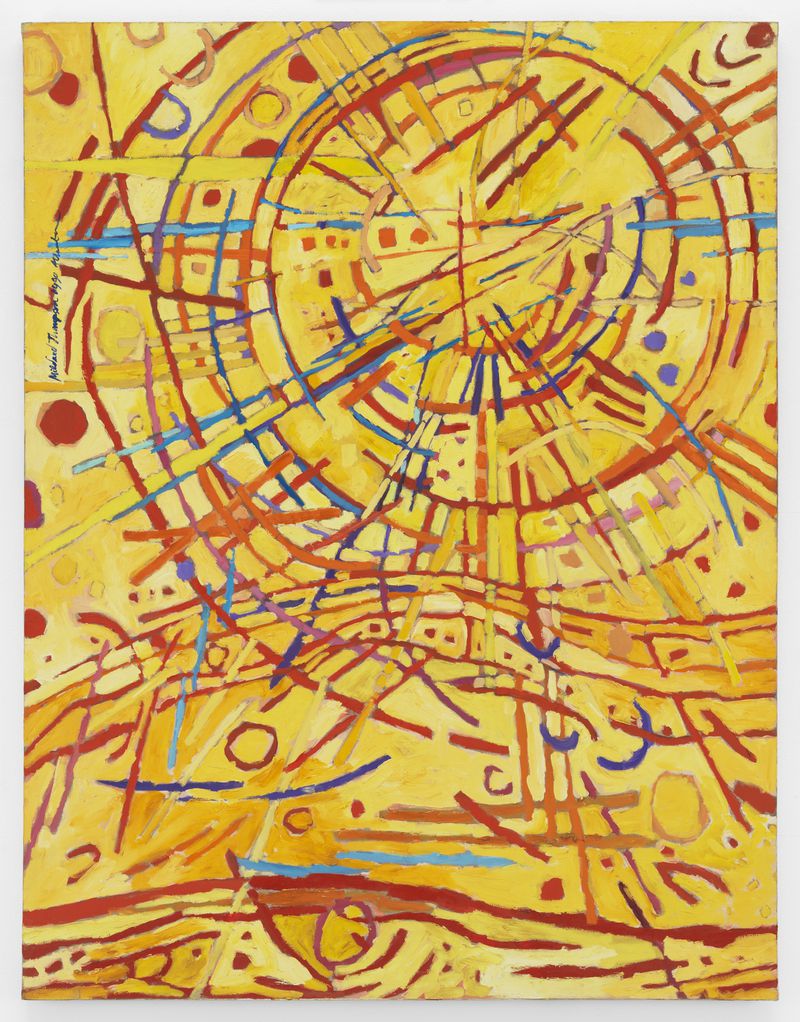
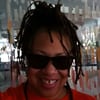
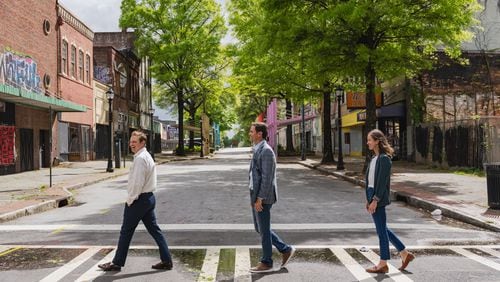
/cloudfront-us-east-1.images.arcpublishing.com/ajc/P7DYBH6TO7FEKG4SUXQQKADRXE.jpg)
